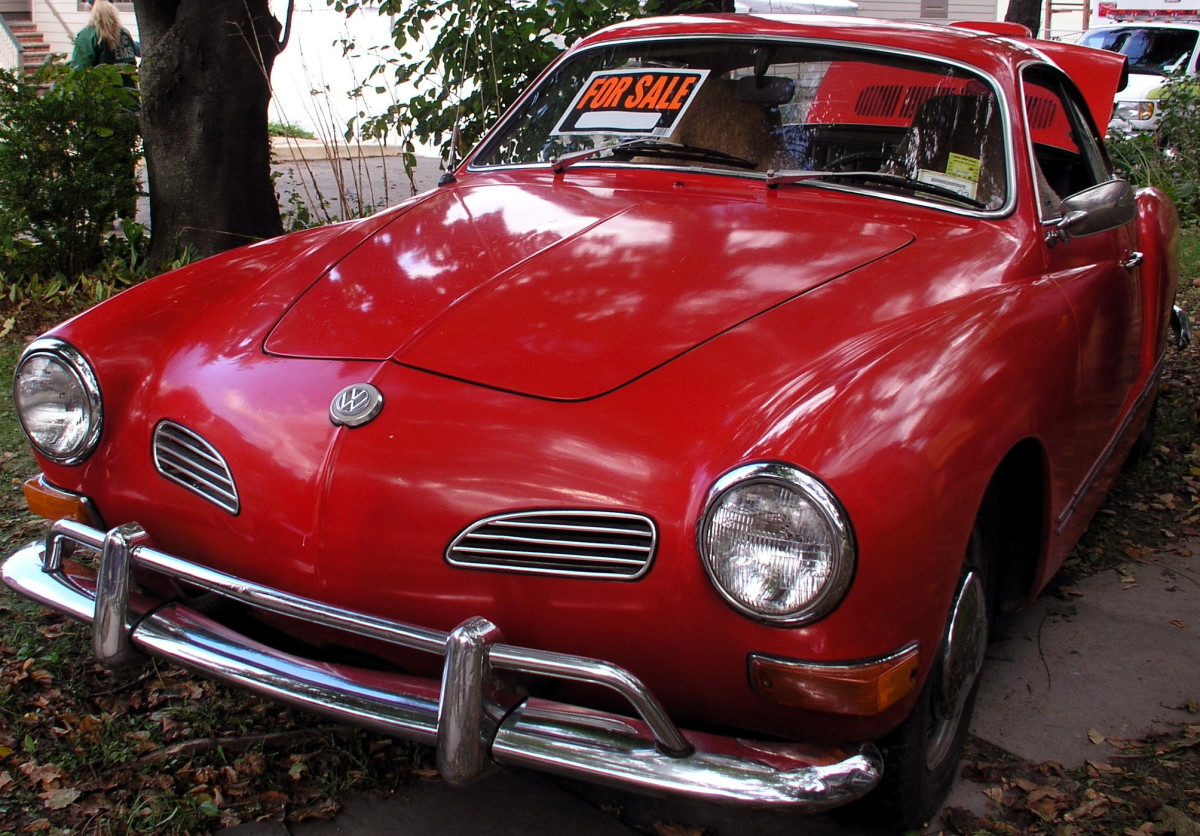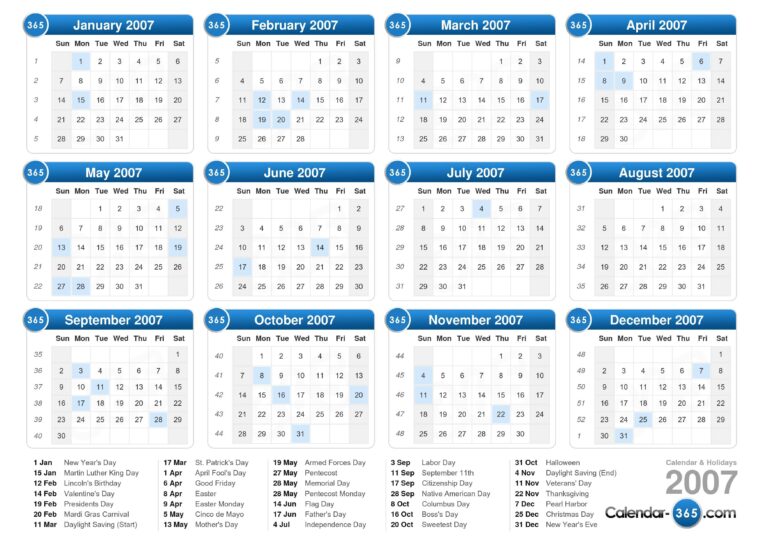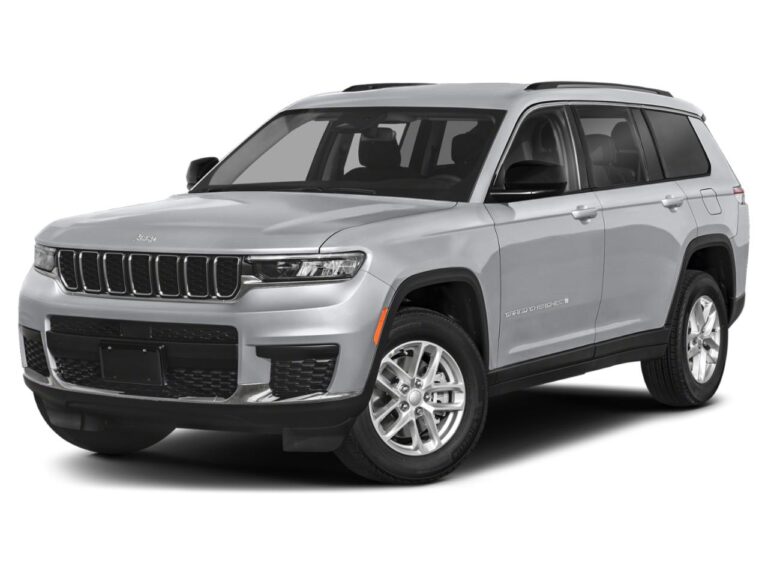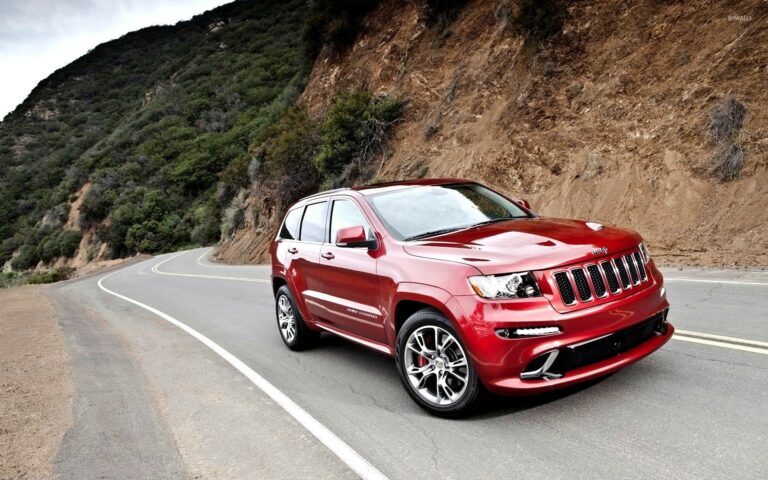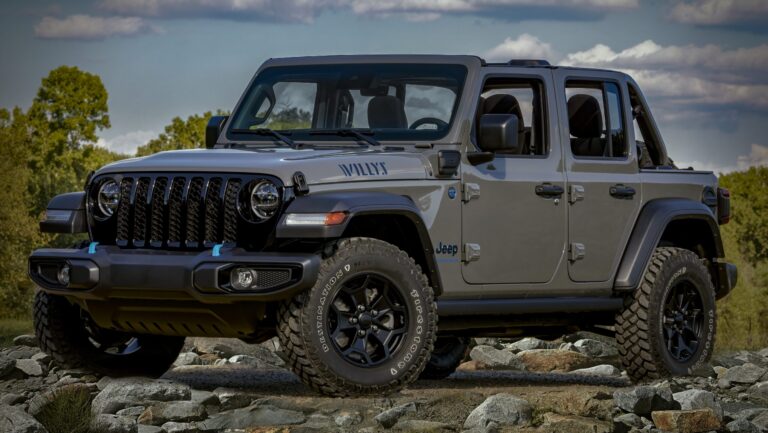Used Jeep Cherokee: Your Comprehensive Guide to an Enduring Icon
Used Jeep Cherokee: Your Comprehensive Guide to an Enduring Icon jeeps.truckstrend.com
The Jeep Cherokee. The name alone conjures images of rugged capability, adventurous spirit, and a distinct presence on and off the road. While new models continue to roll off the assembly line, the used market offers a compelling proposition for those seeking the Cherokee experience without the new car price tag. A used Jeep Cherokee represents a unique blend of heritage, versatility, and value, making it a popular choice for a diverse range of buyers – from off-road enthusiasts and weekend adventurers to families needing a practical daily driver.
This comprehensive guide delves into the world of the used Jeep Cherokee, exploring its various iterations, what makes each unique, essential considerations for prospective buyers, and practical advice to help you make an informed decision. Whether you’re a seasoned Jeeper or a newcomer to the brand, understanding the nuances of a used Cherokee is key to unlocking its full potential.
Used Jeep Cherokee: Your Comprehensive Guide to an Enduring Icon
I. The Enduring Appeal of the Jeep Cherokee
The Jeep Cherokee’s lineage stretches back decades, evolving through several distinct generations, each leaving its mark on automotive history. From the iconic XJ’s utilitarian charm to the modern KL’s refined comfort, the Cherokee has consistently offered a unique blend of practicality and adventurous spirit. Its enduring appeal lies in its perceived ruggedness, its proven off-road prowess (especially in certain trims), and its distinctive styling that stands out in a crowded SUV market.
For many, a used Cherokee represents an accessible entry point into the Jeep lifestyle. It offers significant depreciation savings compared to a new vehicle, allowing buyers to acquire a capable SUV for a fraction of the original cost. This value proposition, combined with a vast aftermarket support network and a passionate community, ensures that a used Cherokee remains a relevant and desirable option for those seeking a vehicle that can handle both the daily commute and the call of the wild.
II. Key Generations of the Used Jeep Cherokee
Understanding the different generations of the Jeep Cherokee is paramount when considering a used model, as each offers a distinct driving experience, set of features, and potential considerations.
A. The XJ (1984-2001): The Legendary Classic
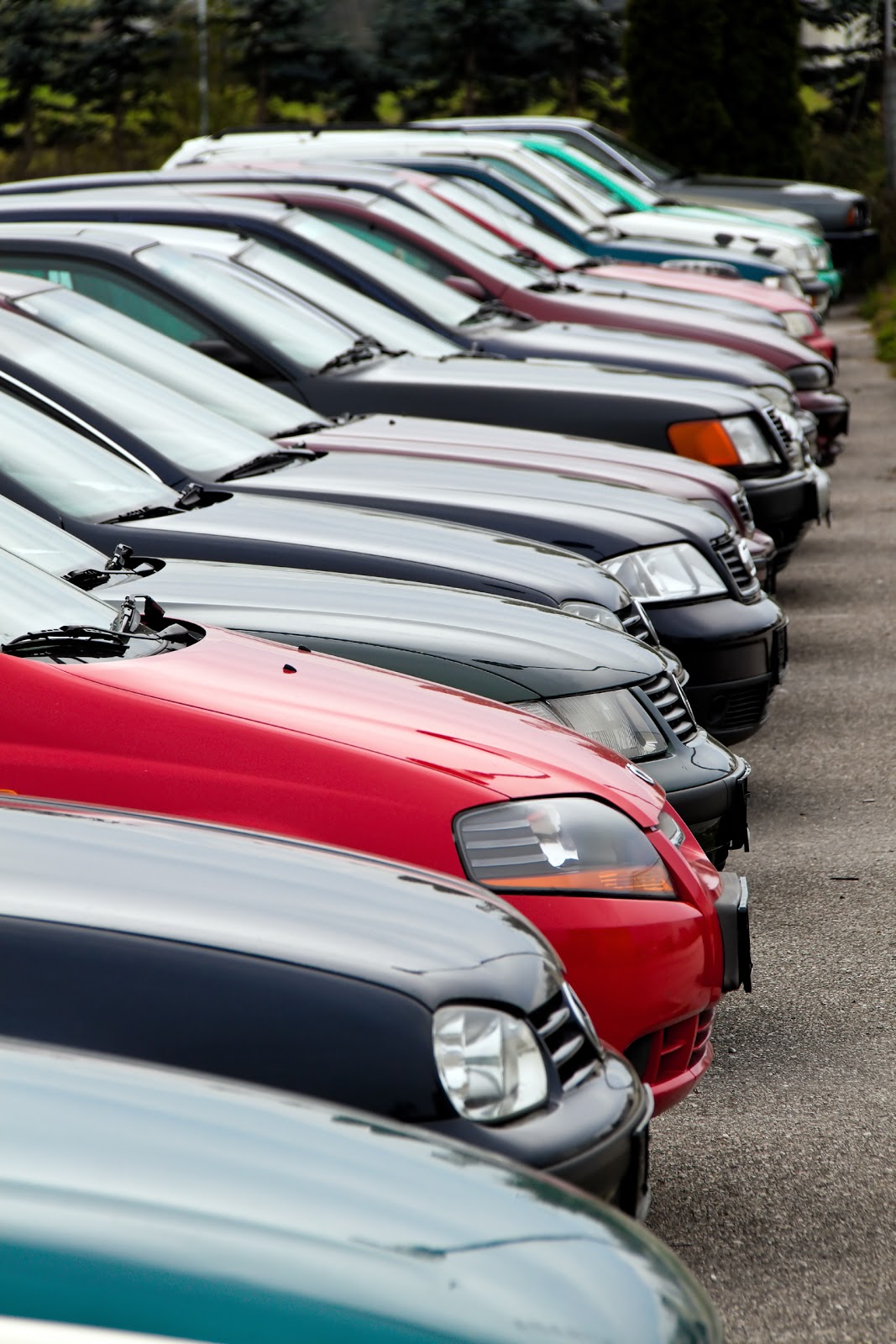
Often hailed as one of the most significant SUVs ever made, the XJ Cherokee is a true icon. Its unibody construction, compact size, and legendary 4.0-liter inline-six engine set a benchmark for the segment.
- Pros:
- Simplicity and Durability: Known for its robust and relatively simple mechanicals, particularly the bulletproof 4.0L "straight-six" engine.
- Off-Road Prowess: Solid front and rear axles, short overhangs, and excellent aftermarket support make it an off-road beast.
- Affordability: One of the most budget-friendly options on the used market.
- Aftermarket Support: An enormous community and virtually limitless parts availability for customization and repair.

- Cons:
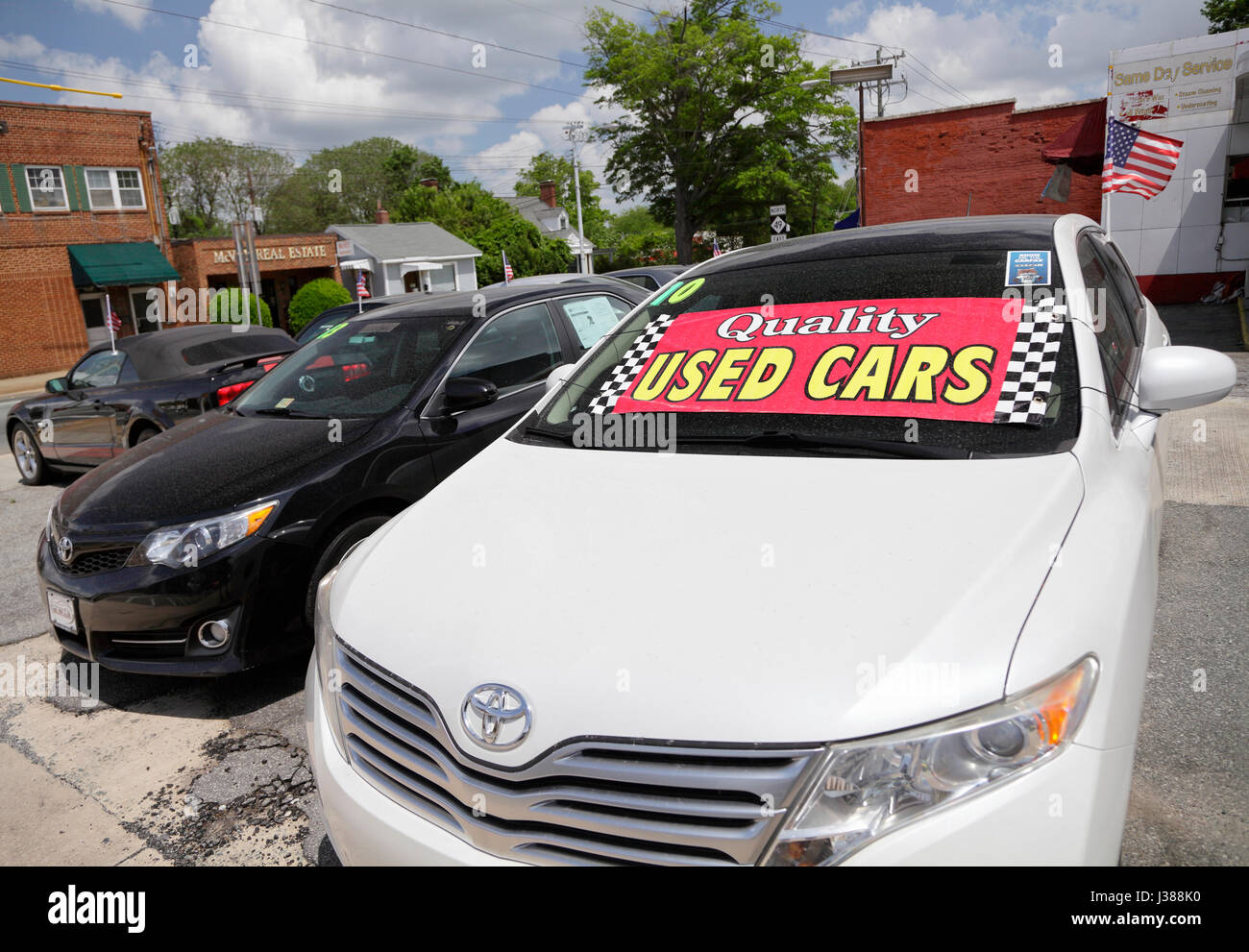
- Age-Related Issues: Rust (especially unibody and floor pans), worn suspension components, cooling system issues, and electrical gremlins are common.
- Safety Features: Lacks modern airbags, ABS, and stability control.
- Comfort and Refinement: A very utilitarian interior, noisy, and a rougher ride compared to modern SUVs.
- Fuel Economy: Generally poor, especially with the 4.0L engine.
- Best for: Enthusiasts, serious off-roaders, those on a tight budget seeking a project vehicle or a simple, capable workhorse.
B. The KJ Liberty (2002-2007) & KK Liberty (2008-2012): The Transition Years
Following the XJ, Jeep introduced the Liberty (known as Cherokee in international markets) as its compact SUV offering. These generations marked a shift towards more modern designs and independent front suspension (IFS).
- Pros:
- More Modern Features: Improved interior comfort, better on-road manners, and more safety features than the XJ.
- Engine Options: V6 gasoline engines (3.7L PowerTech) and, in some markets, diesel engines were available.
- Improved Ride Quality: Independent front suspension offered a more compliant ride on pavement.
- Reasonable Off-Road Capability: While not as extreme as the XJ, the Liberty still offered respectable 4×4 systems for light to moderate trail use.
- Cons:
- Less Off-Road Focused: The IFS, while improving on-road handling, reduced articulation and robust build compared to the XJ’s solid axles.
- Engine Issues (Specific): Early 3.7L V6 engines had some known issues (e.g., valve seat dropping).
- Rust: Still a concern, particularly in northern climates.
- Fuel Economy: Still not a strong suit, especially with the V6.
- Best for: Daily drivers who occasionally venture off the beaten path, those seeking a balance of comfort and capability without the XJ’s raw nature.
C. The KL (2014-2023): The Modern Reimagining
The KL generation marked a radical departure in styling and engineering, moving to a car-based platform shared with Fiat-Chrysler products. Despite initial controversy over its polarizing front-end design, it proved to be a comfortable and capable modern SUV.
- Pros:
- Sophisticated On-Road Handling: Comfortable ride, quiet interior, and precise steering for a pleasant daily commute.
- Modern Technology: Advanced infotainment systems (Uconnect), optional safety features (adaptive cruise, lane assist), and creature comforts.
- Fuel Efficiency: The 2.4L "TigerShark" 4-cylinder engine offers decent fuel economy. A 3.2L Pentastar V6 and later a 2.0L turbo-four provided more power.
- Trailhawk Trim: Maintains significant off-road capability with increased ground clearance, active-drive lock 4×4, skid plates, and off-road tires.
- Safety: Modern safety ratings and available advanced driver-assistance systems (ADAS).
- Cons:
- Styling: The unconventional front fascia was a love-it-or-hate-it design (though updated in 2019).
- Complexity: More electronics and sophisticated systems mean potentially higher repair costs for specialized components.
- ZF9 Transmission: Early models with the 9-speed automatic transmission had some reported shifting issues, though largely resolved with software updates.
- Less "Jeep" Feel for Purists: The unibody, FWD-biased platform (though 4×4 options are robust) felt less traditional to some Jeep enthusiasts.
- Best for: Daily commuters, families, those seeking a comfortable and technologically advanced SUV with the option for significant off-road prowess in the Trailhawk trim.
III. What to Look For When Buying a Used Jeep Cherokee (Pre-Purchase Inspection)
A thorough inspection is crucial for any used vehicle, but especially for a Jeep Cherokee, given their varied uses and potential for hard living.
A. Common Mechanical Issues by Generation:
- XJ (1984-2001):
- Rust: Critical to check the unibody frame rails, floor pans, rocker panels, and rear quarter panels. Extensive rust can be a deal-breaker.
- Cooling System: Prone to overheating, check radiator, water pump, thermostat, and hoses.
- Exhaust Manifold: Cracks are very common, leading to ticking noises.
- Transmission Leaks/Shifting: Check for fluid leaks and smooth shifts.
- Steering Play: Worn steering boxes and tie rods can lead to excessive play.
- U-joints: Check for clunking during acceleration or turning.
- KJ/KK Liberty (2002-2012):
- Ball Joints: Upper and lower ball joints are a known weak point. Listen for clunking from the front suspension.
- Rust: Particularly around wheel wells and rocker panels.
- Timing Belt (3.7L V6): Ensure it’s been replaced if due (typically around 100k miles).
- Electrical Gremlins: Window regulators, radio issues, and dashboard lights.
- Transmission (42RLE): Check for rough shifts or slipping.
- KL (2014-2023):
- ZF9-Speed Transmission: Early 2014-2015 models had widely reported rough or delayed shifts. Software updates usually resolve this, but a test drive is key.
- Uconnect Infotainment: Glitches, freezing, or connectivity issues.
- Rear Differential Leaks: More common on Trailhawk models. Check for fluid leaks.
- Power Liftgate: Issues with opening/closing mechanisms.
- Active Grille Shutters: Can sometimes fail, leading to engine light.
B. General Inspection Checklist:
- Body and Frame: Look for signs of accidents (uneven panel gaps, mismatched paint), rust, and damage from off-road use (dents on skid plates, suspension components).
- Tires: Check tread wear (uneven wear can indicate alignment or suspension issues) and tire age.
- Fluids: Check engine oil (level, color), transmission fluid, coolant, brake fluid, and power steering fluid. Look for leaks under the vehicle.
- Brakes: Check pad thickness and rotor condition. Listen for squealing or grinding.
- Suspension: Push down on each corner to check for excessive bouncing. Listen for clunks or squeaks over bumps.
- Electrics: Test all lights, windows, locks, mirrors, radio, HVAC, and dashboard warning lights.
- Under the Hood: Look for signs of poor maintenance, frayed belts, cracked hoses, and fluid leaks.
C. The Test Drive:
- Engine: Listen for unusual noises (knocks, ticks, hisses). Check acceleration and responsiveness.
- Transmission: Smooth shifts in all gears, no slipping or harsh jerking. Test reverse.
- Brakes: Firm pedal feel, no pulling to one side, no grinding or pulsation.
- Steering: No excessive play, pulls, or strange noises when turning.
- Suspension: Go over bumps and rough patches to check for clunks, squeaks, or excessive bounciness.
- HVAC: Ensure both heating and air conditioning work effectively.
- 4×4 System: If applicable, engage 4WD (in a safe area) to ensure it works properly.
D. Documentation:
- Maintenance Records: A full history of oil changes, repairs, and major service items is invaluable.
- VIN Check: Run a Vehicle History Report (CarFax, AutoCheck) to check for accidents, salvage titles, flood damage, mileage discrepancies, and recall history.
IV. Benefits of Owning a Used Jeep Cherokee
Beyond the initial cost savings, a used Jeep Cherokee offers a compelling array of advantages:
- Exceptional Value Proposition: Used Cherokees depreciate significantly, offering a capable and characterful SUV for a fraction of its original MSRP. This allows buyers to get more vehicle for their money.
- Proven Off-Road Capability: Particularly for the XJ and the KL Trailhawk models, the Cherokee lineage is synonymous with off-road prowess. They can handle challenging terrain, making them ideal for adventurers.
- Versatility: Whether you need a daily commuter, a family hauler, a weekend adventure vehicle, or a capable tow rig (check specific towing capacities), the Cherokee can adapt to various roles.
- Massive Aftermarket Support: Especially for the XJ, the aftermarket is enormous, offering everything from lift kits and heavy-duty bumpers to performance upgrades and aesthetic enhancements. This allows for significant customization.
- Strong Community and Lifestyle: Owning a Jeep means joining a passionate global community. There are countless clubs, forums, and events, offering support, advice, and camaraderie.
- Distinctive Character: Unlike many generic SUVs, the Cherokee, in all its forms, possesses a unique character and rugged charm that appeals to those who want something a bit different.
V. Potential Challenges and Solutions
While beneficial, owning a used Jeep Cherokee can come with its own set of challenges. Being aware of them and having potential solutions can smooth the ownership experience.
- Fuel Economy: Many Cherokees, especially older models with the 4.0L or 3.7L V6, are not fuel-efficient.
- Solution: Consider a 4-cylinder KL model for better MPG. Adopt conservative driving habits. Budget for higher fuel costs.
- Reliability (Specific Issues): Each generation has its known weak points, which can lead to unexpected repairs.
- Solution: Conduct a thorough pre-purchase inspection. Research common issues for the specific year/generation you’re interested in. Set aside a "repair fund" for potential maintenance.
- Safety Features: Older XJ and early KJ/KK models lack modern safety features like multiple airbags, stability control, and ABS as standard.
- Solution: Drive defensively. Consider aftermarket upgrades where possible (e.g., better lighting). For greater safety, opt for a newer KL generation.
- Comfort and Refinement: Especially in the XJ, the ride can be harsh, and the interior spartan.
- Solution: Understand what you’re buying. For the XJ, aftermarket suspension upgrades can improve ride quality. Newer generations offer significantly more comfort.
- Parts Availability/Cost: While common parts are plentiful, some specific components for the KL’s advanced systems can be pricier or require specialized diagnostic tools.
- Solution: Research part costs before buying. Find a reputable independent mechanic specializing in Jeeps.
VI. Tips for a Successful Purchase
- Define Your Needs: Are you primarily off-roading, daily commuting, or a mix? This will guide you to the right generation and trim.
- Set a Realistic Budget: Factor in the purchase price, potential immediate repairs/maintenance, insurance, and ongoing fuel costs.
- Research Thoroughly: Dive deep into the specific year and trim level you’re considering. Read owner reviews, common problems, and forum discussions.
- Inspect, Inspect, Inspect: Do your own initial inspection, then always get a pre-purchase inspection by a trusted, independent mechanic who knows Jeeps.
- Test Drive Extensively: Don’t just drive around the block. Take it on highways, city streets, and ideally, some rough roads if you plan to go off-road. Test all features.
- Negotiate Based on Condition: Use any identified issues or deferred maintenance as leverage in negotiations.
- Factor in Aftermarket Costs: If you plan to modify (lifts, tires, etc.), budget for these immediately after purchase.
Table Price: Estimated Used Jeep Cherokee Price Ranges (USD)
Please note: These are estimated price ranges and can vary significantly based on condition, mileage, specific trim level (e.g., Trailhawk models often command higher prices), region, demand, and economic factors. Vehicles in exceptional condition or with significant modifications may fall outside these ranges.
| Generation (Code) | Year Range | Estimated Price Range (USD) | Key Considerations & Notes |
|---|
